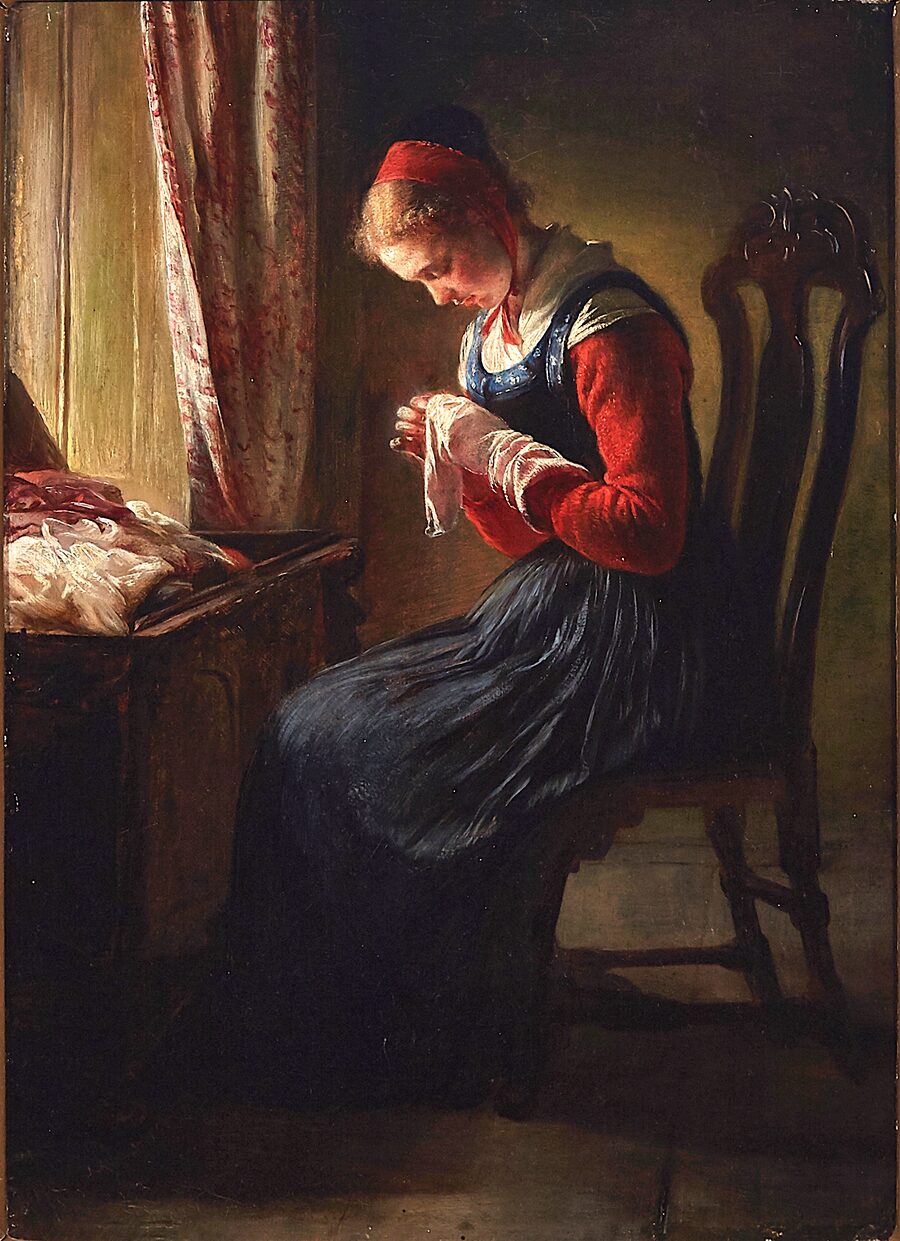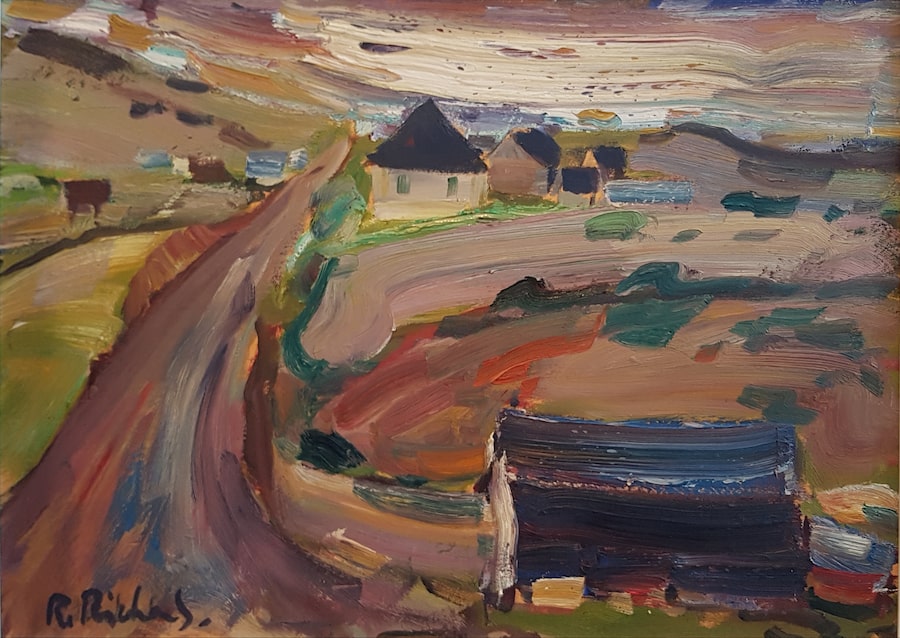Fred Rizner poses for a photograph in the parlour of his Grafton, Ont., home on Jan. 26, 2019.Christopher Katsarov/The Globe and Mail
Fred and Emily Rizner travelled some to get where they are today: “a great big brick house” in Grafton, Ont. Fred is the proprietor of Cherry Hill Antiques and president of the Canadian Antique Dealers Association. Emily rides horses. But that’s in the here and now. The couple, both retired professional musicians, met at the University of Michigan and performed at Tanglewood, the summer home of the Boston Symphony Orchestra, in the Berkshires of western Massachusetts. “That’s a long time ago,” Rizner says.
But he recounts the story as if it was yesterday: “I’d heard word through the grapevine that a job had opened up in Toronto,” he says. Seiji Ozawa, music director of the Toronto Symphony Orchestra from 1965 to 1969, just happened to be conductor at Tanglewood at the time. Rizner approached the Japanese conductor. “I said, ‘I hear with your new job you need a French horn player’ – you know how you’re full of piss and vinegar when you’re young.” Rizner offered to play for him. It worked out.
The couple packed up and moved to Toronto in 1965 and they’ve been Ontarians (subsequently, officially, Canadians) ever since. Up until 15 years ago, Rizner was principal horn player for the Toronto Symphony Orchestra. Emily played piccolo and flute for the Canadian Opera Company, retiring one year in advance of her husband. “Antiques and old houses have always been a love of ours. We thought, we’ll move to the country and open up an antique store,” Rizner says. “And that’s what we did.”
In addition to antiques – or maybe because of them – Rizner is avidly interested in history. “With furniture, as with art and music, there’s an evolution through time,” he says. Rizner looked into the past of the property and house near Port Hope, Ont., a research project that’s surfaced some interesting facts and a few characters: The house was built some time in the 1830s. There was previous owner called Pym, who packed off to England when smacked with a lawsuit. Pym had managed an on-site distillery, which operated for 70 years but burned to the ground.
Inside, in the parlour, which functions more as a living space, the Rizners enjoy the light from the windows and French door, opening onto an English garden. “On a sunny day, it’s just wonderful all day long,” he says. “And then it’s very cheerful at night with the fire going.” Their two dogs, Lulu, a dachshund, and Tucker, a big mixed-breed rescue, make good company. The room is eclectically appointed: an English Regency bookcase and sofa; a 1930s chinoiserie-style coffee table; 16th-century wood carvings of musicians atop the mantle; an antique Heriz carpet; and an ottoman, found at a junk store and reupholstered, “that’s really fun,” Rizner says. Two portraits, one above the mantle, attributed to Scottish artist Henry Raeburn, and another, circa 1623, above the sofa (a 50th wedding anniversary gift to themselves), stand watch.
Rizner’s specialization, and interest, lies primarily in the Georgian period, and his expertise is hard won through years of “hands-on” experiences. “With antiques, an awful lot of it has to do with touching and taking apart and refinishing and studying and making mistakes,” he says. “I’ve been in business 15 years now and you learn from your mistakes.” But even the wizened continue to learn and evolve, and so the Rizners keep at it. “There’s always something to do,” he says. “I think there’s an awful lot of people our age, in their mid-70s, who just keep going.”
Visit tgam.ca/newsletters to sign up for the weekly Style newsletter, your guide to fashion, design, entertaining, shopping and living well. And follow us on Instagram @globestyle.




